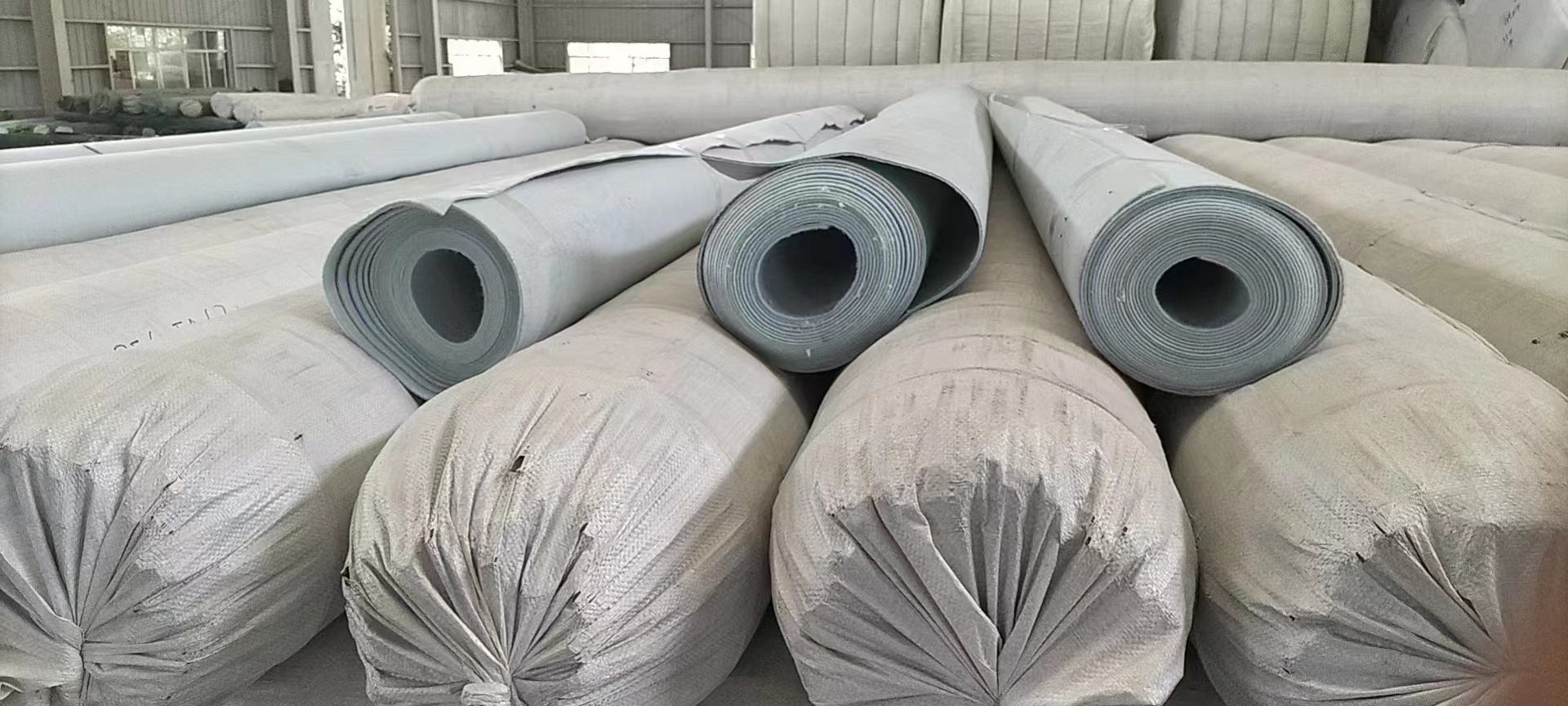
Proper installation and maintenance are key factors in ensuring the effectiveness of geomembranes. Whether used in landfills, water reservoirs, or containment ponds, geomembranes must be carefully installed and regularly maintained to function optimally.
Installation Process
The installation of geomembranes involves several steps, including site preparation, material handling, and welding. Here’s an overview of the process:
- Site Preparation: The installation site must be properly prepared by removing debris, sharp objects, and other potential hazards that could damage the geomembrane. The surface should be smooth and compacted to provide a stable foundation.
- Laying the Geomembrane: The geomembrane sheets are unrolled and laid out across the site. The sheets are carefully aligned to minimize seams and ensure a uniform barrier.
- Welding and Seaming: Geomembranes are typically welded together using heat or extrusion methods. The welding process is crucial for creating a continuous, impermeable barrier. It is important to test the welds for quality to ensure there are no gaps or weak points.
- Quality Control: After installation, quality checks are conducted to verify that the geomembrane has been properly installed. This includes testing for leaks, checking seam integrity, and inspecting the overall installation.
Maintenance and Inspection
Regular maintenance and inspection are essential for the longevity and effectiveness of geomembranes. Here’s what is typically involved:
- Visual Inspections: Routine visual inspections should be conducted to identify any visible damage, tears, or punctures in the geomembrane. If damage is found, prompt repairs should be made.
- Leak Detection: In addition to visual inspections, more advanced techniques such as electrical leak detection (ELD) can be used to locate hidden leaks in geomembranes, especially in large-scale projects.
- Repairs: If damage or leaks are detected, repairs should be carried out immediately. Small holes can be patched using the same geomembrane material, while larger sections may require replacement.
- Cleaning: Over time, geomembranes can accumulate dirt and debris. Cleaning the surface can help maintain the geomembrane’s integrity and prevent damage from abrasive materials.
Conclusion
Installing and maintaining geomembranes requires careful planning and execution. By following proper installation techniques and conducting regular maintenance, geomembranes can provide long-lasting protection in a variety of applications.






 " />
" />